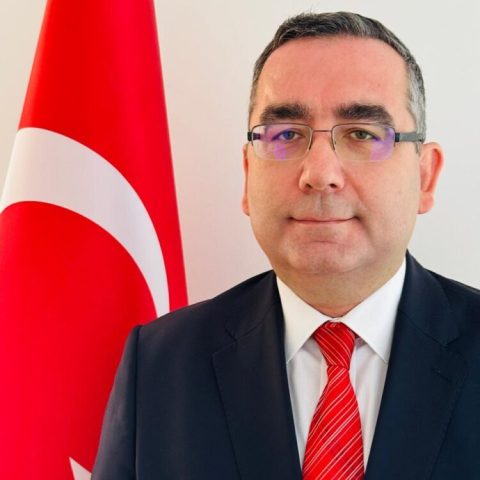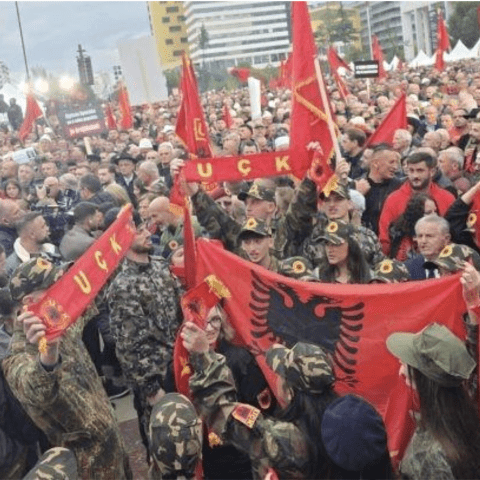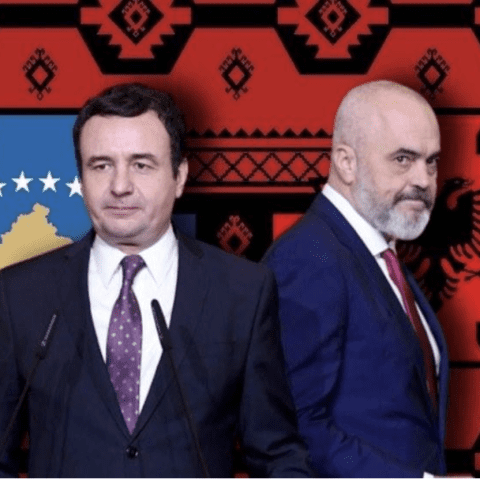By Artan Lame
Tirana, in the forties’. Sometimes very little separates the heroic from the ridiculous. The Italians who had been producing masterpieces of the Fine Arts for centuries, often came up against difficulties to find motifs in a country full of rocks and stones which they had crossed the Adriatic to invade. At given moments they needed to create symbols and you could almost see the smoke coming out of their ears as they strove to create these symbols that reflected both the links between our two peoples, their ancient civilization, but also the traditions found in the country they’d occupied. As if this were not enough, in this Land of the Arbers, they had to find dignified personalities who were to “rub elbows” highly distinguished members of the Roman Empire Re-born. They were the ones who wracked their brains, because I don’t believe that the Albanians cared very much about style. Of course, such forced efforts often rendered products of a very suspicious flavor, like the following. The first medallion is a model in plaster of Paris by the Italian artist Panacea, of the year 1942. It presents portraits, in profile of Mussolini and Skanderbeg. These two persons have very little in common and are divided by five centuries in time, but the exaggeration of a desperate artist who wishes to be politically correct with the times, brings the two profiles together on the one medallion. Nonetheless, the artist has successfully brought out the most significant elements of each character. Mussolini is wearing a helmet on his head, as he himself preferred to be captured on by iconography and also the tightly clasped and curled lips are more than clear. This was an exclusive element of mimic of Il Duce. The artist has also found the two features of Kastrioti. But even more than the helmet of Skanderbeg, no so evident behind Il Duce’s helmet, what makes an impression is the hooked nose of our Gjergj Kastriot Skanderbeg, which he passed on to his fellow countrymen.
The second medallion is made of silver and was produced in commemoration of the participation of the “Julia” Alpine Division, in the Italo-Greek War in 1941. In this case, the unknown designer places an Italian Alpine soldier beside Skanderbeg. The soldier can be distinguished by the feather in his cap, and this is still the style of the Italian Alpine divisions to this day. To comply with this style, the horns of the goat atop the helmet of Skanderbeg seem to have assumed a straighter, feather-like shape. Although both figures sport beards, the Italian’s beard is much smaller, a motive that was repeated years later, but along the same lines, in the case of presenting the four Classics of Marxism Leninism, in the transition from Marx to Engels and later on to Lenin, the beard gets progressively smaller, whilst Stalin loses his beard altogether. On this medallion, the portraits occupy less space so that mountains can be added with their peaks in the clouds.
Forsaken Albania

Change font size:









